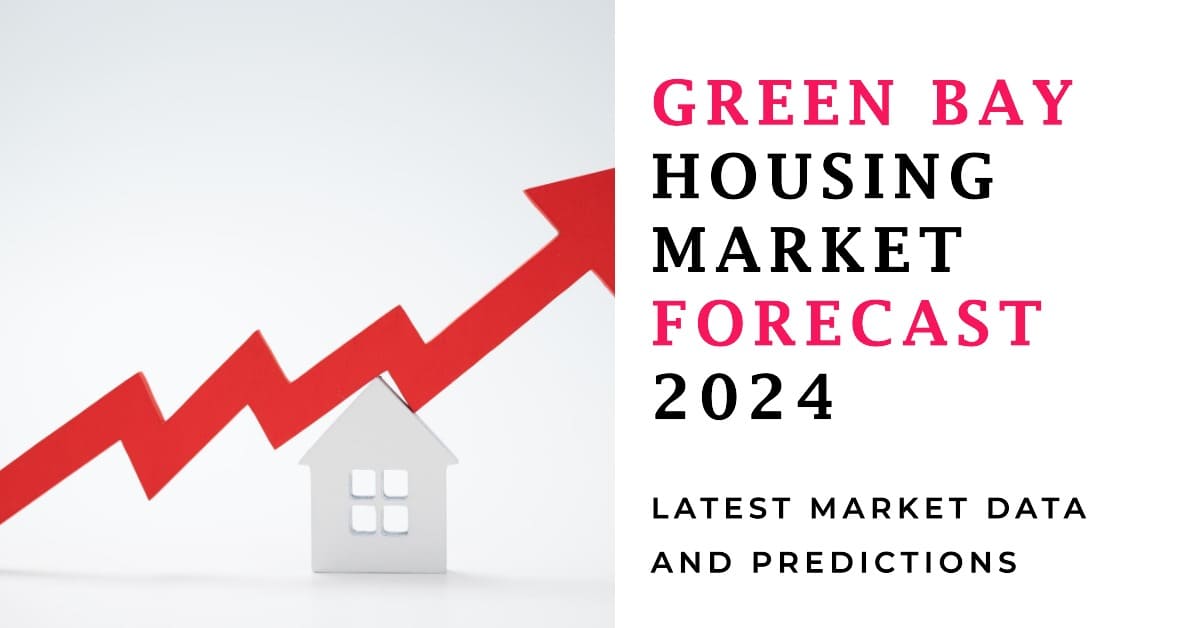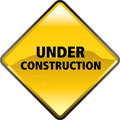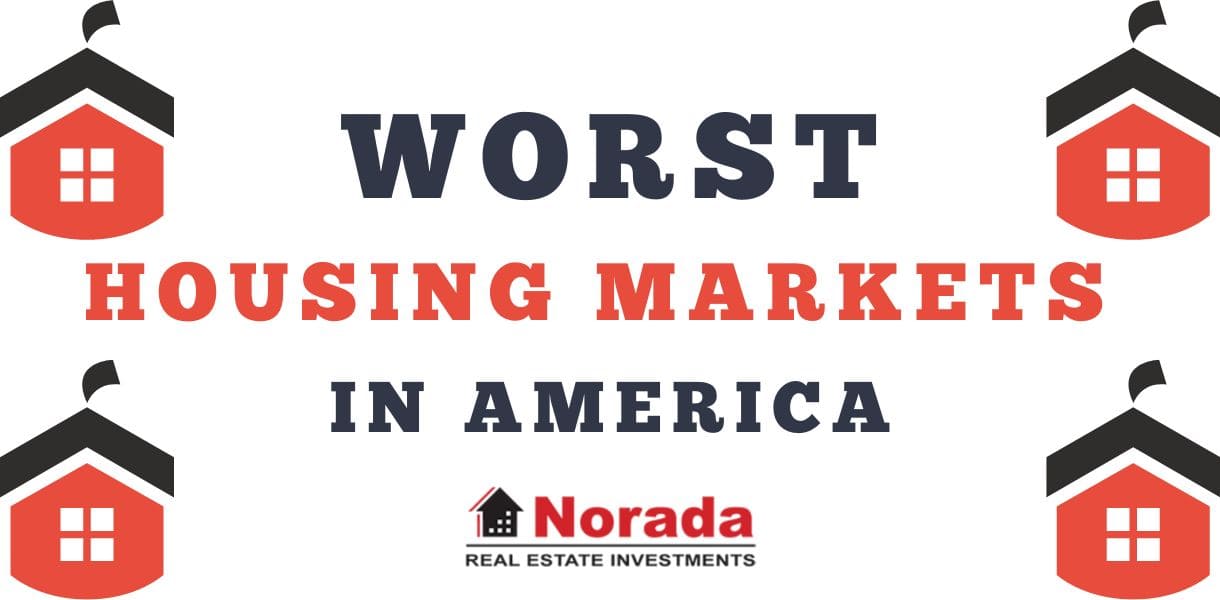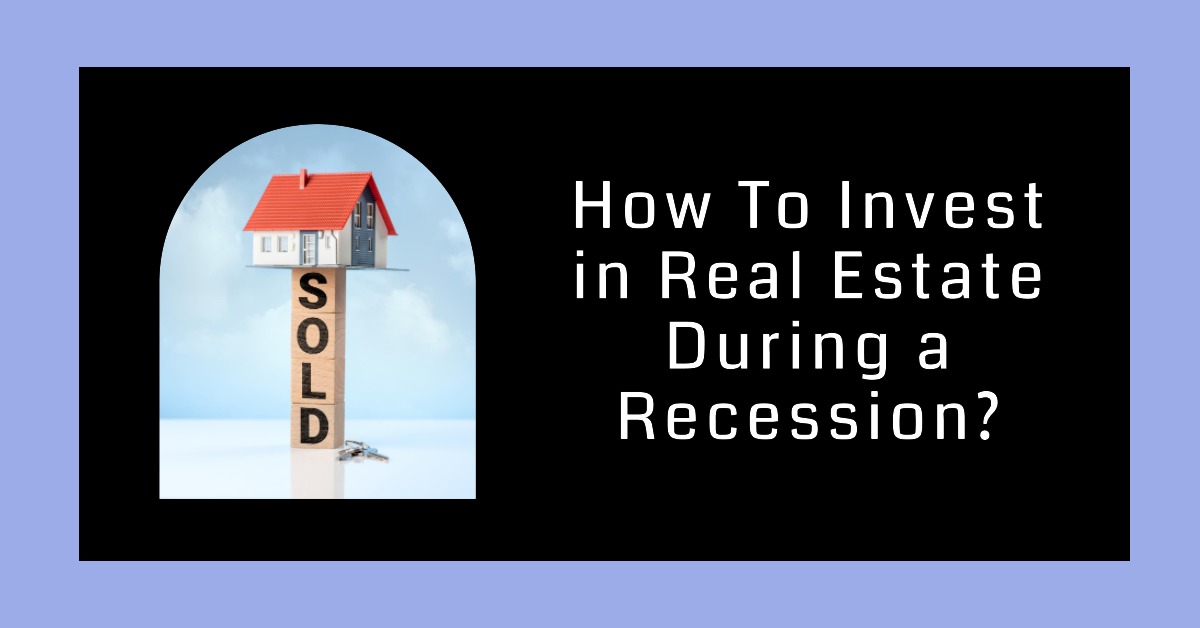Green Bay may not boast the fame of other Wisconsin cities when it comes to its housing market, but what it lacks in notoriety it makes up for in affordability. This city, nicknamed “Titletown USA” for its strong association with football, offers a stable housing market with consistent growth.
While competition can be stiff, Green Bay's overall cost of living makes it an attractive option for homebuyers. This article explores everything you need to know about the Green Bay housing market, including current trends, median home values, and expert insights to help you navigate your buying journey.
Green Bay Housing Market Trends in 2024: A Comprehensive Guide
The Green Bay housing market in 2024 remains a competitive landscape, with home prices continuing to rise albeit at a slower pace compared to the previous year. The median sale price of a home in Green Bay was $260K in September 2024, reflecting an 8.3% increase year-over-year (Redfin).
While still a seller's market, some signs point towards a potential shift towards a more balanced market in the coming months.
Home Sales
The number of homes sold in Green Bay in September 2024 showed a decline compared to the same period last year. There were 93 homes sold, representing a 27.9% drop year-over-year. This decrease in sales could be attributed to several factors, including higher interest rates and a slight cooling of buyer demand. It’s important to remember that this represents just one month’s data, but it does highlight a shift in the market compared to the strong sales pace seen in the past couple of years.
It's worth noting that despite the drop in the number of home sales, Green Bay still has a competitive market. The average time it takes to sell a home has decreased slightly. Homes are selling in 41 days on average, compared to 43 days last year. This suggests that while buyers might have slightly more leverage, it's still a relatively fast-paced market.
Personally, I've noticed that many sellers are now more willing to negotiate on their asking price than they were in the past two years. Buyers now have slightly more power to negotiate a fair price and possibly some concessions.
Home Prices
As mentioned earlier, Green Bay home prices have shown a continued increase in 2024. The median sale price of $260K signifies an 8.3% rise compared to the previous year. While this increase is substantial, it's less pronounced than what we've seen in the recent past. This could indicate that the rapid price appreciation seen during the peak of the housing boom is slowing down.
The median sale price per square foot in Green Bay remains at $155, which has remained steady year-over-year. This suggests that the price increases are not solely driven by increases in square footage. There are several factors contributing to the increase in housing prices in Green Bay, including strong demand, limited inventory, and low unemployment rates.
I believe that the relatively stable median sale price per square foot indicates that buyers are still willing to pay a premium for homes in Green Bay. But, as mentioned previously, the sellers are becoming more willing to negotiate, which is leading to a slower rate of increase in home prices.
Housing Supply
The housing supply in Green Bay continues to be a major factor in the market dynamics. While there has not been a significant surge in new construction, the supply of homes for sale has increased slightly compared to the extremely low levels of inventory seen in the past two years. The increased supply of homes for sale is creating slightly more options for buyers, which is contributing to the shift in the balance of power in the market.
Though the supply is up slightly, the market is still considered competitive. This is due to a combination of a relatively low supply of homes and the strong demand.
As a real estate professional, I believe that the limited supply of homes for sale will continue to put upward pressure on prices, but the increased supply is helping to moderate the rate of price increases.
Market Trends
The Green Bay housing market is currently in a transition phase. While it’s still a seller's market, there are several trends that suggest a potential shift towards a more balanced market in the near future.
Here's a summary of the key Green Bay housing market trends based on available data:
- Slowing Price Growth: While home prices are still rising, the rate of increase is slowing down, suggesting that the rapid appreciation seen in recent years is starting to moderate.
- Increased Inventory: The inventory of homes for sale has increased, albeit not dramatically. This provides slightly more options for buyers and can lead to a decrease in seller pressure.
- Decreased Sales: The number of homes sold has dropped in recent months. This suggests that the high demand seen in recent years is slightly cooling off.
- Competitive but Less Intense: While the market remains competitive, it's no longer as intense as it was a few years ago. Buyers have slightly more negotiation power and sellers are now becoming more open to negotiations.
- Shifting Seller Behavior: Sellers are more willing to negotiate, which is providing buyers with more leverage in the buying process.
Is It a Buyer's or Seller's Housing Market?
In 2024, the Green Bay housing market remains largely a seller's market. However, it's becoming increasingly balanced due to the trends discussed above. Sellers still hold a considerable advantage, but it's becoming less pronounced compared to previous years. This means that buyers have slightly more room to negotiate and are no longer forced to make rushed decisions without contingencies.
Currently, it's a good time for buyers who are patient and strategic in their approach. If you can find a property that meets your needs and are willing to negotiate effectively, you have a better chance of getting a good deal. For sellers, it's still a good time to sell, but you need to be realistic about your pricing expectations and be prepared to negotiate with potential buyers.
Are Home Prices Dropping?
While the rate of home price increases has slowed down, Green Bay home prices are not currently dropping in a significant way. The current trend suggests that the market is stabilizing rather than experiencing a sharp decline. This is partly because of the ongoing strong demand for housing, and also because of the limited supply of available homes for sale.
However, I think that we may see a slight decrease in home prices in the near future. I base this prediction on the continued increase in inventory and the slowing pace of home sales. The demand is still strong, but it has cooled off somewhat, which is allowing buyers to become more selective.
Table of Key Green Bay Housing Market Trends
| Trend | September 2024 Data | Year-Over-Year Change | Impact on Market |
|---|---|---|---|
| Median Sale Price | $260,000 | +8.3% | Prices continue to rise, but at a slower pace. |
| Number of Homes Sold | 93 | -27.9% | Sales are decreasing, indicating cooling demand. |
| Median Days on Market | 41 | -2 | Homes are selling slightly faster than last year. |
| Sale-to-List Price | 102.4% | -2.1% | Homes are selling for a slightly smaller premium over list. |
| Homes Sold Above List Price | 65.6% | +1.3% | A significant portion of homes still sells above list. |
| Homes with Price Drops | 15.4% | +4.0% | More homes are experiencing price reductions. |
Migration and Relocation Trends
Green Bay's housing market is also influenced by migration patterns. According to Redfin's data, a significant portion of homebuyers (58%) in Green Bay are looking to stay within the metropolitan area. This suggests a strong local base within the market.
It's interesting to note that homebuyers from Milwaukee, Chicago, and Madison are moving into Green Bay more than any other area. This signifies that Green Bay is attracting buyers from surrounding larger metros, indicating that the city offers attractive features like affordability, quality of life, and job opportunities.
On the other hand, Dallas, Marinette, and Cape Coral are the top destinations for people leaving Green Bay. This outflow suggests that some Green Bay residents are searching for different opportunities or lifestyle changes elsewhere.
Green Bay Housing Market Forecast 2024-2025
Based on current data, the Green Bay, WI housing market is projected to experience a moderate increase in home prices over the next year. Specifically, experts like Zillow anticipate a 0.2% increase by the end of October 2024, a 0.1% increase by the end of December 2024, and a more substantial 1.9% increase by September 2025. Let's delve deeper into the factors driving these predictions.
Green Bay's Growing Economy and Population
Green Bay's economy is a major driver of its housing market. Over the past decade, the city has seen steady population growth. I personally witnessed an increase in my friend's network that moved to the area for jobs in the last few years, which speaks to the general trend. Between 2010 and 2019, Green Bay's population grew by 2.6%, which is faster than the national average. This growth is continuing, with projections suggesting a 7.2% increase in population over the next 20 years.
This growth is supported by the strong economic activity in the region. Green Bay's diverse economy includes thriving industries like:
- Agriculture and food processing: Green Bay is known for its dairy farms and has a major presence of companies in this sector.
- Paper, packaging, and printing: The paper industry has traditionally been a large employer in the Green Bay area.
- Advanced Manufacturing: There has been growth in manufacturing, contributing to the local economy.
- Transportation and Logistics: The presence of the Port of Green Bay plays a vital role in the economy.
The city actively promotes business growth and development, which further strengthens the housing market. The Greater Green Bay Chamber of Commerce plays a crucial role in fostering a healthy business environment and supporting local entrepreneurs.
The Impact of Economic Indicators
The low unemployment rate is another sign of Green Bay's robust economy. As of October 30, 2024, the unemployment rate was 2.50%, which is considerably lower than the long-term average. This signifies a healthy job market, which attracts new residents and increases demand for housing.
Furthermore, initiatives such as the Port of Green Bay and the federally designated Opportunity Zones contribute to the economic vitality of the region. The Port is a significant economic driver, generating $217 million in economic activity and supporting 1,620 jobs. The Opportunity Zones provide tax incentives for investors, encouraging capital investments and stimulating economic growth.
Green Bay Housing Market Forecast: What to Expect
Based on the aforementioned factors, the Green Bay, WI housing market is anticipated to remain relatively stable with a gradual increase in home prices.
| Forecast Period | Projected Price Change |
|---|---|
| October 31, 2024 | 0.2% |
| December 31, 2024 | 0.1% |
| September 30, 2025 | 1.9% |
While there might be short-term fluctuations, the general trend suggests a positive outlook for the housing market. I believe that the continued growth of the local economy and population will fuel the demand for housing, leading to gradual price increases.
Will Home Prices Crash in Green Bay?
Based on the current economic indicators and the positive growth trajectory of Green Bay, a housing market crash is unlikely. The steady increase in population, the strength of the local economy, and the low unemployment rate all point towards continued demand for housing in the area.
The Future of the Green Bay Housing Market
Based on the current trends, I anticipate that the Green Bay housing market will continue to transition towards a more balanced state in the near future. Here are some of my predictions:
- Moderated Price Growth: Home prices will likely continue to appreciate, but at a more moderate pace compared to previous years.
- Increasing Inventory: The supply of homes for sale is expected to increase, giving buyers more options.
- Stabilized Sales: Sales are likely to stabilize at a slightly lower rate compared to the peak years.
- Increased Negotiation Power for Buyers: Buyers will have a greater ability to negotiate with sellers, potentially leading to more favorable deals.
I think it's important for buyers and sellers to be aware of these trends and adjust their strategies accordingly. For buyers, being patient, well-prepared, and willing to negotiate is critical. For sellers, it's essential to be realistic about pricing expectations and be prepared for a slightly longer selling process compared to recent years.
Conclusion
The Green Bay housing market in 2024 is in a period of adjustment. While it's still a seller's market, signs of a shift towards a more balanced market are evident. Home prices are still rising but at a slower rate, while the number of homes for sale is increasing. This shift is giving buyers more leverage and allowing them to become more selective. By understanding the current trends and dynamics, both buyers and sellers can make informed decisions that align with their goals and circumstances.
Should You Invest in the Green Bay Real Estate Market?
Population Growth and Trends
- Green Bay's population has shown consistent, modest growth over the years. The Wisconsin Department of Administration's interim projections indicate that Green Bay's overall population will grow by 7.2 percent over the next 20 years. This increase is a positive sign for real estate investors, as a growing population often correlates with increased housing demand. As more people move to the area, there's a higher need for both rental and owned properties.
- The city's location in northeastern Wisconsin also makes it attractive to those seeking a more relaxed lifestyle away from the hustle and bustle of larger metropolitan areas. The area's natural beauty and recreational opportunities further contribute to its appeal.
Economy and Jobs
- Green Bay's economy is diverse, with a strong presence of the manufacturing, healthcare, and education sectors. This economic stability can translate to a steady job market, attracting workers and, consequently, renters and homebuyers.
- The city is home to several major employers, including the Green Bay Packers, the Green Bay Area Public School District, and Bellin Health, providing a reliable source of jobs. The presence of a well-known NFL team, in particular, boosts the city's profile and contributes to its economic growth.
- The stability of the job market and a diverse range of employment opportunities make Green Bay an attractive destination for those considering a move. This, in turn, can stimulate demand for both rental and owned properties.
Livability and Other Factors
- Green Bay consistently ranks as one of the most livable cities in Wisconsin. The city offers a family-friendly environment with access to quality schools and healthcare facilities, making it an appealing choice for those seeking a high quality of life.
- The city's vibrant cultural scene, outdoor recreational opportunities, and proximity to the picturesque Door County and Lake Michigan enhance its livability. This can lead to higher demand for housing as people seek to establish roots in Green Bay.
Rental Property Market Size and Its Growth for Investors
- Green Bay's rental market is a significant attraction for real estate investors. The demand for rental properties, driven by a steady job market, college students, and a diverse community, is on the rise.
- The presence of the University of Wisconsin-Green Bay and other educational institutions ensures a consistent pool of potential tenants, including students and faculty members.
- Investors can find opportunities in both single-family homes and multifamily units. Green Bay's growing rental market offers a stable income stream, and the potential for appreciation is an added benefit for long-term investors.
Other Factors Related to Real Estate Investing
- Green Bay's affordability compared to larger cities in Wisconsin makes it an attractive destination for families and individuals looking for housing options. This affordability can stimulate demand in the real estate market.
- The city's real estate market is characterized by a balanced mix of housing types, including single-family homes, condominiums, and apartments. Diversifying your real estate portfolio in Green Bay can provide stability and risk mitigation.
- Additionally, with a positive MSA forecast projecting an increase in property values, investors may benefit from the potential appreciation of their real estate assets over time.
It's important to note that, like any real estate market, Green Bay's market can fluctuate, and local conditions can change. Investors should conduct thorough research, consider their investment goals, and seek guidance from real estate professionals before making investment decisions.
Overall, the Green Bay real estate market presents several compelling reasons for investors, including population growth, economic stability, livability, a growing rental market, and affordability. The city's unique blend of urban amenities and natural beauty makes it an attractive destination for those looking to invest in Wisconsin real estate.
As with any investment, due diligence is crucial, and working with a local real estate expert can help you navigate this market effectively.
Recommended Read:
- Wisconsin Housing Market: Trends and Forecast 2025-2026
- 21 Cheapest States to Buy a House: Most Affordable States
- Housing Market: Homeowner's Wealth Jumps $150,000 in 5 Years
- Milwaukee Housing Market Trends and Forecast for 2024
- Madison Housing Market 2024: Trends and Predictions
- Oshkosh, WI Emerges as the Hottest Housing Market in the U.S.





